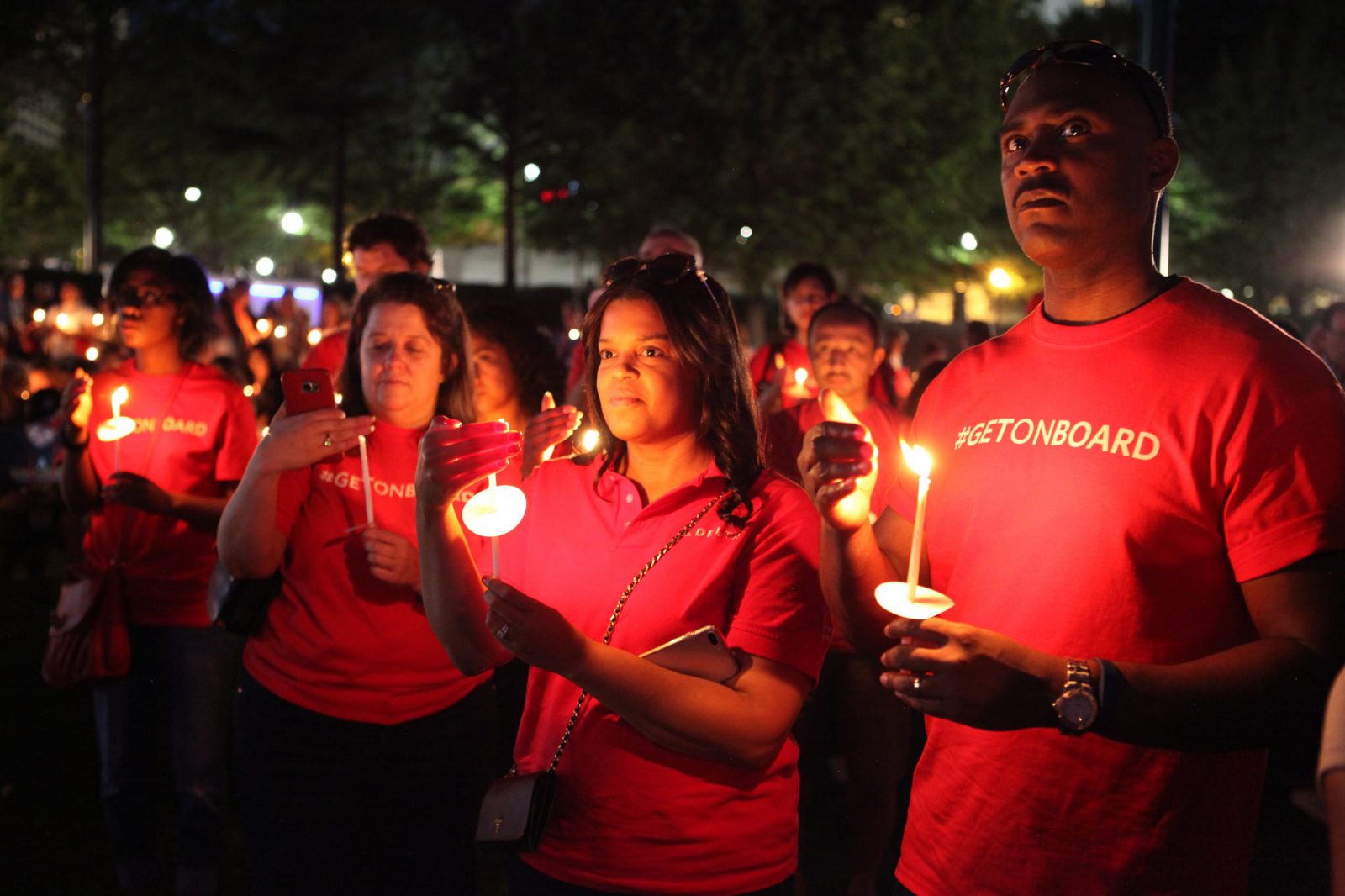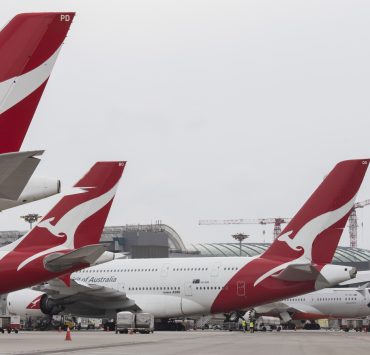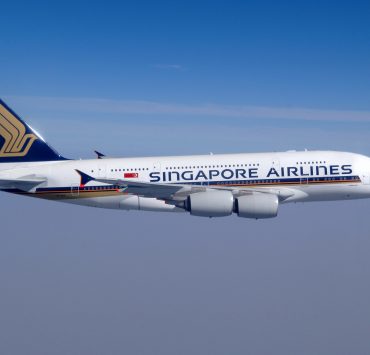
At the very bottom of Delta’s global website, you’ll find a variety of links to useful information – the usual stuff like the airline’s conditions of carriage, customer services, careers and even its obligatory tarmac delay plan. But it may surprise you to find that there’s also a link to a statement on modern slavery and human trafficking. A crime that airline’s and their flight attendants have found themselves fighting head-on.
Human trafficking may sound like a crime that couldn’t possibly exist in today’s world – well, maybe in some far-flung, war-torn country, but not in Europe or North America, surely? But how wrong you would be. In fact, in the United States alone, U.S. Immigration and Customs Enforcement identified around 400 victims in 2016 and approximately 2,000 traffickers were arrested.
The issue came to prominence last February when Alaska Airlines flight attendant, Shelia Fedrick helped rescue a victim on a flight from Seattle to San Francisco. Fedrick became suspicious of an older, well-dressed man travelling with a young teenage girl who “looked like she had been through pure hell.”
The flight attendant left a note in the bathroom for the victim – when the young girl wrote a reply asking for help, Fedrick was able to get in touch with law enforcement in San Francisco who were waiting to arrest the perpetrator when the flight landed.
Millions of victims every year
There are believed to be millions of victims of human trafficking around the world every year – although of course, exact statistics are hard to come by. A crime that nets the smuggler’s something in the region of $150 billion profit a year.
A 2017 report by Rebecca Dickson and the Bedbible Research Center identified over 8,700 possible cases in the United States – although the real figure could be much higher. And it’s likely the problem is only getting worse.
The lucrative trade see’s criminals prey on innocent victims by either forcing, coercing or tricking them for the purpose of sexual exploitation or forced labour. A United Nations report found sexual exploitation was by far the most common form of human trafficking – up to 79% of cases and forced labour accounted for nearly 20% of cases.
How do you spot a human trafficking victim?
And while it may not shock you to learn that women are most likely to fall victim to this nasty crime, there’s also evidence to suggest women make up a disproportionate number of perpetrators. In fact, there are increasing numbers of victims who themselves turn into perpetrators. Worldwide, around 20% of victims are children.
But combatting human trafficking is a difficult business. While convictions are rising and governments are doing more than ever to combat the evil of modern slavery, detecting and disrupting the crime is harder than you might imagine.
The majority of victims are smuggled in the exact same way that you and I travel the world. They travel on normal, commercial airliners – perhaps even in the seat next to you. It’s hard to spot a victim before its too late – but it’s not impossible.
Airlines are at the forefront of the fight against modern slavery
That’s why the United Nations Office on Drugs and Crime told an aviation conference last June that it wanted airlines to take more of a lead on the war against human trafficking.
“We want … airlines to join our campaigns and our initiatives in order to make human trafficking and migrant smuggling visible,” explained the UN’s, Felipe De La Torre.
Technology and unseen detection methods can go some way to help but flight attendants are widely seen as the best tool that airlines can deploy.
“When you see a person who’s afraid or threatened, or suspicious interactions in a couple, or a very old person with a small child and they are not related or emotionally connected, those are possible signs,” De La Torre told Reuters.
70,000 U.S. flight attendants already trained
Flights attendants are already trained to identify suspicious activity and persons onboard flights. They get to know their passengers and can tell when something is amiss. Quite frankly, flight crew are in a unique position to help fight the scrouge of human trafficking and government agencies are acutely aware of this fact.
In the United States, legislation was introduced last year that made it a mandatory requirement for flight attendants to be trained in identifying smugglers and their victims – although some airlines have been doing this for years.
Both Delta Air Lines and jetBlue have been training their staff since 2013. Over 70,000 flight attendants in the United States have already received some kind of training.
Delta’s #GetOnBoard campaign
Delta says its actively working to raise awareness of human trafficking through its #GetOnBoard campaign – the airline plans to train 80,000 of its employees worldwide and will soon place high profile human trafficking awareness posters at check-in counters.
Elsewhere, AirAsia – the biggest low-cost airline in Asia says it will be training between 5,000 – 10,000 of its frontline employees to identify and help possible victims.
For now, expect awareness of global trafficking to become more and more prominent. Campaigners will now be fighting to get even more airlines to take the issue of human trafficking seriously.
Mateusz Maszczynski honed his skills as an international flight attendant at the most prominent airline in the Middle East and has been flying throughout the COVID-19 pandemic for a well-known European airline. Matt is passionate about the aviation industry and has become an expert in passenger experience and human-centric stories. Always keeping an ear close to the ground, Matt's industry insights, analysis and news coverage is frequently relied upon by some of the biggest names in journalism.









